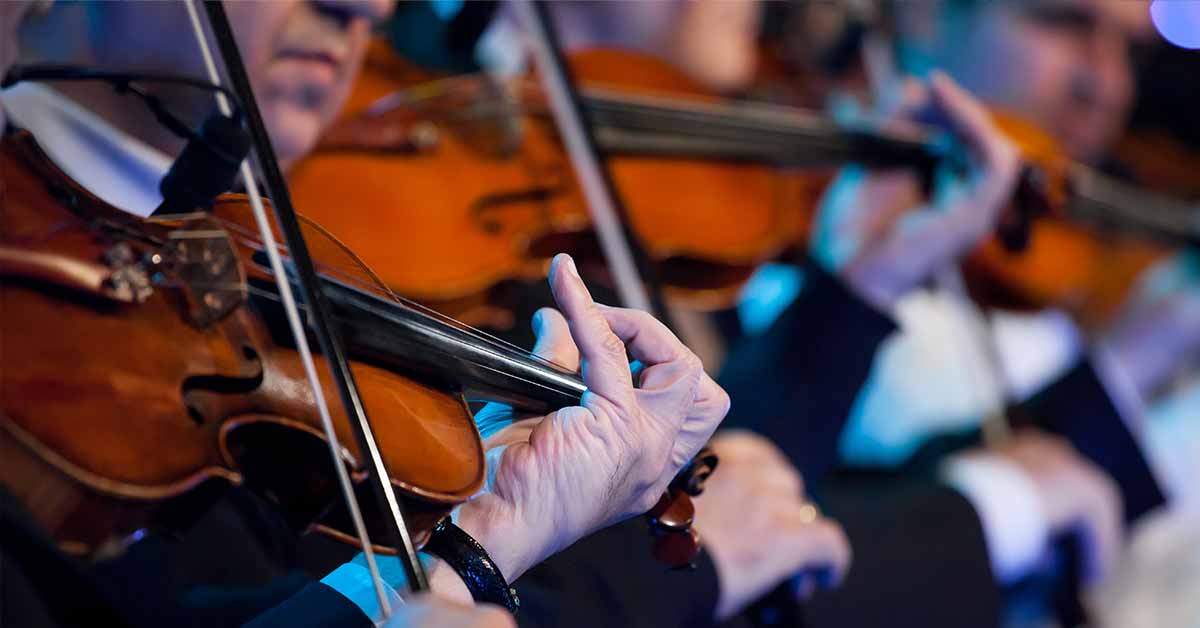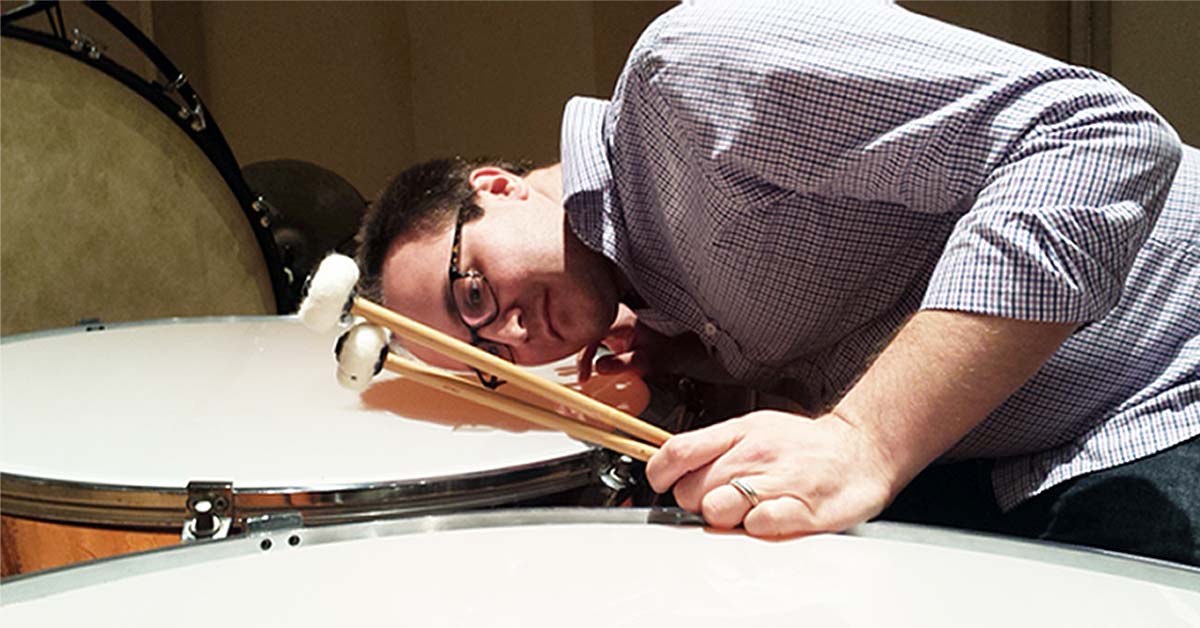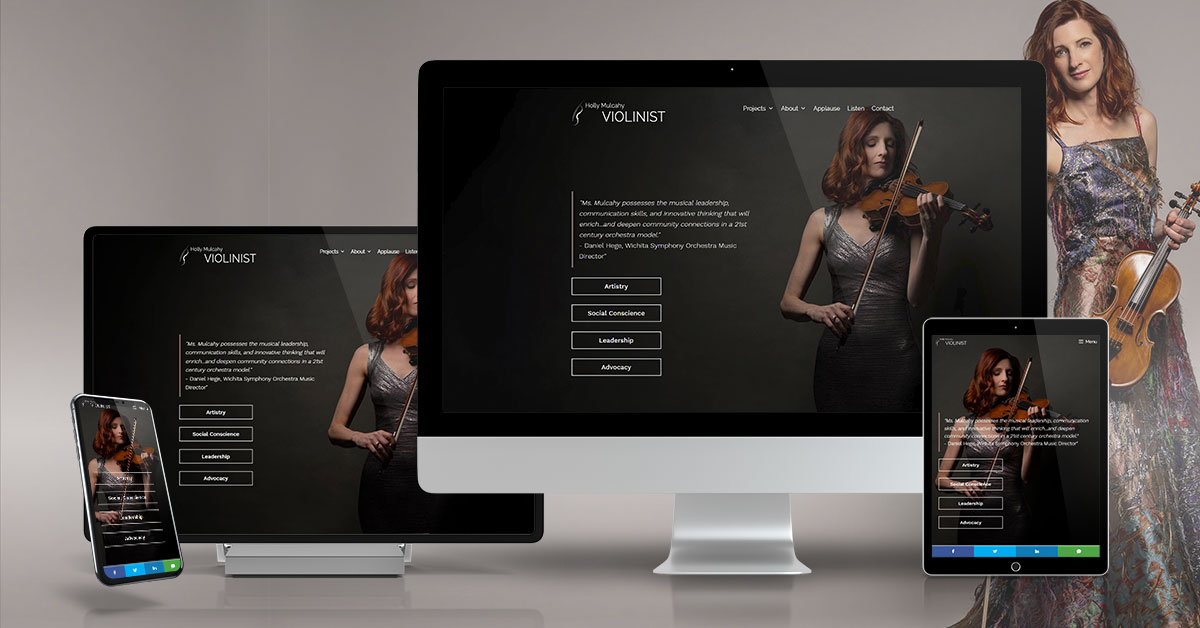Across the country, the Labor Day weekend traditionally signals the beginning of orchestra season and they are all in full blown promotion mode selling subscriptions as they push their 05-06 programming. Recent years have produced a sort of dichotomy when it comes to programming; orchestras facing a rapid decline in ticket sales are programming more standard fare in hopes of retaining core listeners and to create a “safe” environment for newcomers while others are pushing contemporary works with the goal of creating increased interest and preventing listener burn out.
Nevertheless, one thing just about everyone can count on this year is an obligatory tribute to Mozart (it’s his quarter millennium birthday). Some orchestras are launching full blown Mozart festivals while others may simply sprinkle some additional seasoning of Mozart repertoire throughout their concerts. Hopefully, there won’t be too many concertgoers subjected to Mozart inspired marketing tripe such as the “I ♥ Mozart” T-shirts and mugs, “Wolfgang White Wine Spritzers”, and trendy slogans like “Live Fast and Die Young – Mozart“.
In case you do live in an area which has contracted Mozart fever you can always escape to Graz, Austria which has declared their town a “Mozart Free Zone” for 2006 and banned all public performances of Mozart’s music. As of now, travel to Graz from the east coast in March of 2006 (which is just about the point when you should be ready to go screaming in the Eine Kleine Nacht) will run you about $600.
What will be interesting is to see how orchestras deal with the impending Mozart-a-thons. Compared to music from the Romantic and Contemporary eras, Mozart’s music was typically written for orchestras now considered “Chamber” in size, which is around 30-50 players. However, in the middle part of the previous century before period performances became the fashion, orchestras regularly performed Mozart works with full 80-100 piece ensembles. As such, it makes me wonder if orchestras will revert to using original numbers of instrumentation or if they will use the full ensembles at their disposal.
The Non-Artistic Discussion
If you tear away all of the arguments surround artistic issues you’ll likely discover that the bottom line will be, well, the bottom line; meaning you can count on many of the cash strapped orchestras to use Mozart festivals as a way of controlling costs associated to hiring musicians.
Not everyone can be the New York Philharmonic and pay all of their musicians a full 52 week salary regardless of what they program. More than half of the professional orchestras across the country only pay a portion of their players a regular salary throughout the year and the remaining players on a per service basis (meaning they don’t get paid if they don’t play).
As such, programming a large amount of Mozart repertoire while simultaneously insisting that the organization use original instrumentation will allow orchestras to save a considerable amount of money by not hiring the additional players they would otherwise need to use if they programmed a typical amount of Romantic or Contemporary fare.
Then there’s the additional savings derived from lowered expenditures related to music purchases and rentals. Since most orchestras already own quite a bit of Mozart repertoire they don’t have to worry about buying new music. If they don’t have a particular Mozart piece on file they’ll still save money because most of Mozart’s music costs less to acquire than later composers.
Even the music which requires chorus or vocal soloists will cost orchestras less to produce since all but the largest budget orchestras use a volunteer chorus. Add to that the three primary solo instruments Mozart wrote for, piano, violin, and voice, are also the three most popular soloists which attract ticket buyers. Orchestras can direct much of the money they save on not hiring additional orchestra musicians toward bigger name soloists who charge higher fees and still keep their overall expenditures in line. In essence they get a twofer: the PR boost of having a popular soloist without the added costs.
Is this always a smart way for cash strapped orchestras to go? That’s certainly a point which will be debated over the next season as some orchestra musician associations are already crying foul on these tactics (albeit behind closed doors for the time being).
The Artistic Discussion
After you’ve taken the time to examine all of those non-artistic issues you then have to devote some processing time on artistic based issues such as whether or not a full time orchestra with a regular compliment of 80-100 musicians should use a reduced orchestra to perform Mozart repertoire.
Fro example, think about the “full scale” works by Mozart such as the Symphony No. 40 in G Minor, K.550. Listening to a performance by the 25 or so top notch string players in top notch chamber groups like Orchestra of St. Luke’s or the St. Paul Chamber Orchestra is an artistic treat. Nevertheless, you really haven’t lived until you’ve been able to experience the same work being performed by the full compliment of 65+ world class string players in an ensemble such as the Philadelphia Orchestra. Hearing that many musicians perform with the same amount of precision and expression as their colleagues in the chamber ensembles but with three times the amount of artistic impact is something you can only appreciate if you’ve experienced it live.
Like just about everyone else, I thoroughly enjoy period performances. Listening to Mozart’s piano concertos performed on a pianoforte is certainly a pleasant experience. Nevertheless, it’s just as exciting to hear the same works performed on contemporary instruments which enjoy a thicker tone and can project their sound to adequately fill up a large concert hall. If anything, it would be fascinating to hear the same concerto being performed with both instruments but on different days of the same concert series (even though that would likely increase the cost of producing the concert. You see, there’s that pesky money issue rearing its ugly head).
Currently, I’m not aware of any orchestra with plans to present their Mozart works with back to back performances using different sets of contemporary and period instruments (perhaps this is a way the New Jersey Symphony can feature those “Golden Age” period instruments they spent $17 million for. Wait, they can’t do that because they already cut back on their masterworks concerts for this season due to budget constraints).
It would also be interesting if a music critic of uniform respect or even a retired orchestra musician could travel around the country reviewing performances of similar works noting the differences in instrumentation, soloists, etc. I’m sure there are a number of equally intriguing ideas folks could come with out there that would step outside the ordinary.
What’s your orchestra up to this year with their Mozart concerts? Are they giving you something unique and thinking outside of the artistic box? If so, take the time to send in a letter to the editor and tell everyone about it.










